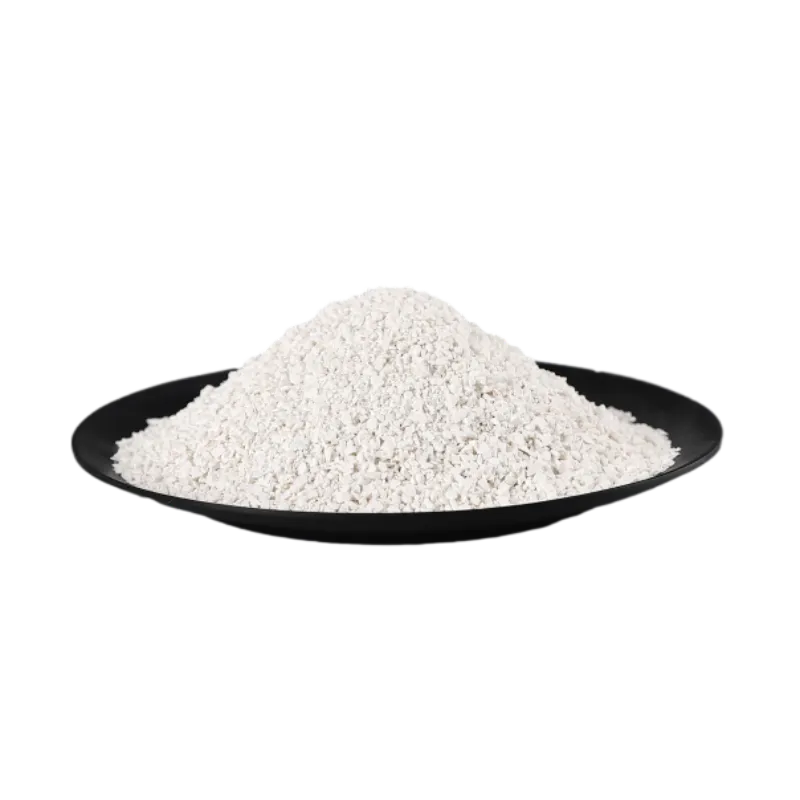
آگوست . 17, 2024 17:42 Back to list
Exploring the Beauty and Durability of Roman-Style Roof Tiles for Modern Architecture
Roman Roof Tiles A Glimpse into Ancient Engineering
Roman roof tiles, also known as tegulae and imbrices, represent a remarkable aspect of ancient Roman architecture and engineering. These terracotta tiles not only served a practical purpose in protecting buildings from the elements but also played a significant role in shaping the aesthetic and structural integrity of Roman structures.
The Historical Context
The use of roof tiles dates back to ancient civilizations, but the Romans perfected the design and production of roof tiles, making them a staple of their architectural repertoire. During the Roman Republic and the subsequent Empire, the demand for durable and efficient building materials soared, especially as cities expanded and urbanization increased. Roof tiles made from fired clay provided an effective solution to waterproofing roofs, protecting homes and public buildings alike.
Design and Functionality
Roman roof tiles typically came in two main types the tegula, which is a flat tile, and the imbrix, which is a curved tile. The tegula was laid facing upward, while the imbrix was used to cover the joints between the tegulae. This interlocking system created a robust roofing solution that could withstand heavy rain and wind, demonstrating the advanced engineering skills of Roman builders.
The tiles were designed with practical considerations in mind. The slight curvature of the imbrices allowed water to flow away from the roof, preventing pooling and leaks. Additionally, the materials used for the tiles—generally high-quality clay—ensured durability. Properly fired tiles had a lifespan that could extend for centuries, a testament to the craftsmanship of Roman artisans.
roman roof tiles

Aesthetic Appeal
Beyond their functional benefits, Roman roof tiles contributed to the overall beauty of structures. The reddish-brown hue of terracotta tiles became a signature feature in Roman architecture, offering a warm contrast to the white marble and stucco of buildings. This color palette not only served aesthetic purposes but also reflected the cultural significance of materials used in construction during the Roman Empire.
The Romans also experimented with decorative elements, including patterned tiles and elaborate cornices. The use of roof tiles allowed for the incorporation of intricate designs and embellishments, showcasing the wealth and status of the building's owner. Public buildings, temples, and villas often featured captivating roofs that were as stylish as they were functional.
Legacy and Influence
The legacy of Roman roof tiles transcends their immediate architectural context. As the Roman Empire expanded, so did the use of their building techniques and materials throughout Europe and beyond. Following the fall of the Roman Empire, many of these roofing styles influenced medieval architecture. In regions where Roman influence persisted, such as parts of Italy and France, the use of clay tiles became standard practice for centuries.
Today, replicas and modern versions of Roman roof tiles can be found in various architectural styles, reflecting a resurgence of interest in traditional building materials. Contemporary architects often draw inspiration from Roman designs, emphasizing sustainability and durability. The timelessness of Roman roof tiles continues to resonate in modern construction, showcasing the ingenuity of ancient engineering.
In conclusion, Roman roof tiles exemplify the blend of functionality, durability, and beauty that defines much of Roman architecture. These tiles not only protected buildings from the elements but also contributed to the aesthetic identity of the Roman Empire. Their legacy endures, influencing architectural practices to this day and reminding us of the advanced skills and artistry of our ancient forebears.
-
Premium 3 Square Architectural Shingles Durable Roofing Solution
NewsJun.08,2025
-
3 Tab Shingles Price Per Square - Durable & Budget-Friendly Roofing
NewsJun.08,2025
-
Affordable Slate Look Asphalt Shingles Durable & Elegant Roofing
NewsJun.08,2025
-
How Often Should Roof Shingles Be Replaced? Expert Tips for Longer Life
NewsJun.07,2025
-
Steel Tile Roofing Durable, Lightweight & Affordable Solution
NewsJun.07,2025
-
Red Three Tab Shingles Affordable, Durable Roofing Solution
NewsJun.07,2025







